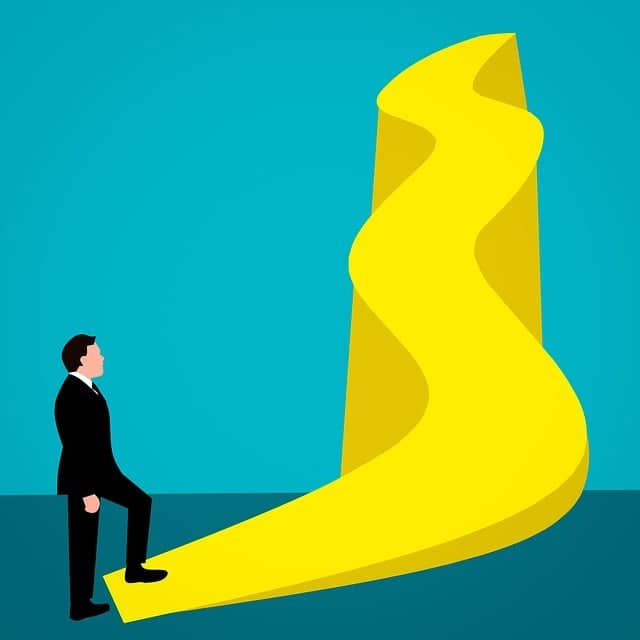What is the rising action in Lord of the Flies? In William Golding’s Lord of the Flies, the story doesn’t waste much time before plunging its characters—and readers—into tension and conflict. The rising action begins early on, right when Ralph and Piggy discover the conch shell on the beach. This simple act sets off a chain of events that will shape the group’s efforts to build a society, choose leaders, and survive together. This article will explore how the rising action unfolds in Lord of the Flies and why it’s so important to the novel’s suspense and ultimate message.
What is the rising action in Lord of the Flies?
The rising action in Lord of the Flies starts when Ralph and Piggy find the conch shell on the beach. This discovery is a turning point because the conch becomes a symbol of order and authority, helping the boys organize themselves after the crash. As Golding writes, “Ralph grasped the idea and hit the shell with air from his diaphragm. Immediately the thing sounded.” (Chapter 1) The sound of the conch gathers all the boys together for their first meeting.
From this moment, tension begins to build. The boys elect Ralph as their leader, which immediately creates friction with Jack:
“Jack’s face disappeared under a blush of mortification.” (Chapter 1)
The group tries to create rules and maintain order, but cracks quickly start to form as fear of the mysterious “beast” grows and Jack’s desire for power increases. The rivalry between Ralph and Jack intensifies, especially over priorities like keeping the signal fire going versus hunting for meat.
All these events—rooted in that first discovery of the conch—make up the rising action. They push the boys further toward conflict and set up the chaos that explodes later in the novel. By starting with something as simple as finding a shell, Golding shows how quickly things can spiral out of control when people struggle for power and survival.
What is the falling action in Lord of the Flies?
In Lord of the Flies, the falling action takes place after the major conflicts reach their peak. During this part of the story, Ralph finds himself being hunted by Jack and his band of savages. The boys have completely abandoned order, and Ralph is forced to run for his life as the group turns against him. This tense chase leads straight to the novel’s dramatic conclusion.
How is the conflict resolved in Lord of the Flies?
The conflict in Lord of the Flies is resolved when a naval officer arrives on the island and rescues the boys. Just as Ralph is about to be caught by Jack and his hunters, the adult’s sudden arrival puts an abrupt end to the chaos and violence. The rescue forces the boys to confront what they’ve become, bringing their descent into savagery to a halt.
What is the theme of Lord of the Flies?
The main theme of Lord of the Flies is the idea that the problems in society come from flaws within human nature itself. Golding uses the boys’ descent into chaos and savagery to show how people’s darker instincts take over when rules and order disappear. In other words, the novel tries to trace the defects of society back to the defects of human nature.
What is the exposition in Lord of the Flies?
The exposition in Lord of the Flies sets up the story by introducing us to a group of British schoolboys who have crash-landed on a jungle island. With no adults around, since they can’t find the pilot, the boys quickly realize they need some kind of order, so they decide to hold an election for leader. The main contenders are Ralph and Jack, which immediately sets up some early tension between them and lays the groundwork for the rest of the novel.
Conclusion
In conclusion, the rising action in Lord of the Flies kicks off when Ralph and Piggy discover the conch shell on the beach. This moment sets everything in motion—helping the boys get organized, create rules, and igniting the tensions that keep growing as the story goes on. What follows makes it clear how quickly order can break down, leading up to the novel’s dramatic climax.
